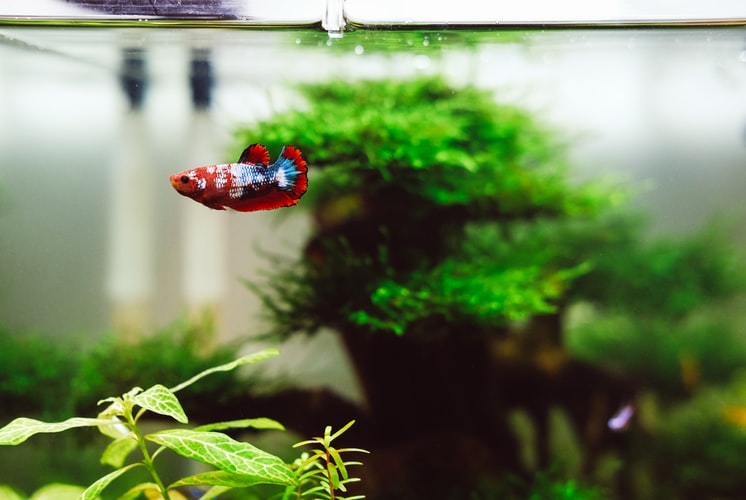If you’re setting up a freshwater tank for the first time, filtration systems need serious consideration. A good filtration system will ensure water quality can be easily maintained, which has a direct impact on the health of your fish and aquatic plants. This is especially true if you want your fish and plants to mature and grow to considerable sizes. When it comes to aquarium filters, you have two main options available to you: sponge filters and hang-on-back filters (HOB filters).
Sponge Filters Explained
If you are looking for something affordable and effective, a sponge filter device is a good solution. These filters make use of an air pump that effectively draws unclean water from your aquarium through sponge filter media. This sponge tip ensures waste debris and micro particles from your tank is removed from the surrounding water, with the debris remaining trapped in the sponge material itself. While the debris remains trapped, the filtered water is then recirculated back into the aquarium via an outflow tube.
Unlike some other types of filtration systems, a sponge filter is designed to be entirely submerged within your aquarium. This submerged element is then connected to an air pump that sits on the outside of the tank. Flow rates vary depending on the exact type of sponge filter you have purchased. Air pump power ratings can also vary considerably, while the quality of the sponge tip attached to your filter will also determine how effective it is at trapping debris. When activated, a sponge filter will produce a fairly mild current, with a flow rate that is generally slower than most other types of filters on the market.
Sponge filters provide effective mechanical filtration and are fairly easy to maintain. They are also far more affordable than other filtration systems, making them a popular option for beginners and those keen to keep to a tight budget. However, they do require some regular upkeep to ensure they perform effectively. The sponge tip itself will need to be cleaned regularly. When cleaning the sponge tip, only rinse it with water obtained directly from the aquarium.
This will ensure that desirable bacteria is maintained, providing your system with some added biological filtration function. If you simply remove the sponge tip and rinse it underneath the tap, harsh chemicals like chlorine can quickly kill off any good bacteria.
Hang On Back (HOB) Filters
As the name suggests, HOB filters are designed to be hung on the side or back of your tank, rather than being completely submerged within the aquarium water itself. These systems include a core watertight element that contains the filter media. A HOB filter will pull aquarium water through an intake tube, with the water then forced through the various filter media within. After the water has been filtered, it is returned to the aquarium via an outflow tube.
Although there are more components to a HOB filter, they are fairly easy to maintain. The outer housing can be quickly opened up to access the filter media and impeller component within for general maintenance and cleaning. Larger systems also provide you with more options when it comes to filter media, which makes them a popular option with more experienced aquarists. Even the most basic of HOB filters will provide you with both chemical and mechanical filtration, while most will also provide you with the added benefit of biological filtration.
As HOB filters make use of an electric motor, they produce a consistent flow rate. However, you will need to keep an eye on the condition of the filtration media within. When these pads become clogged, the flow rate and overall performance of a HOB filter can become impaired unless cleaning is undertaken. Installing a HOB filter is also more complicated than adding a sponge filter. Not only will you need to assemble multiple parts, you will also need to prime your filter before turning it on and leaving it to do its thing.

